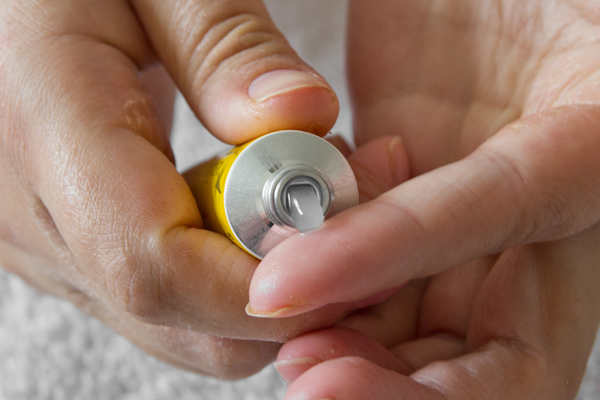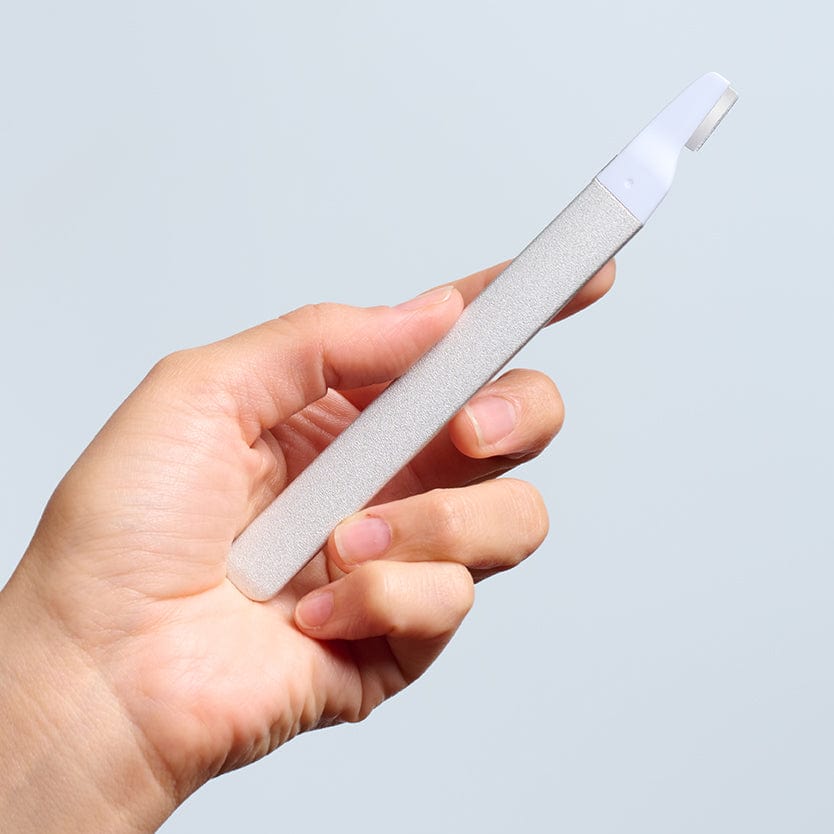Neosporin vs. Polysporin
Written by Kerry Benjamin

Why You Shouldn’t Use Neosporin On Your Face
If you ever scraped your knee as a kid, chances are, your mom instantly reached for a tube of Neosporin, and most likely, you still have a tube or two lurking in your medicine cabinet. Some people advertise Neosporin as a cure-all, using it to treat blemishes and even slathering it on as a moisturizer. But while this common OTC treatment may be effective in treating minor abrasions, applying Neosporin topically on your face can have some serious skin side effects. Here’s the real scoop on Neosporin, why you should avoid it, and what to use instead.
What Is Neosporin
Neosporin is an antibiotic ointment available over the counter to prevent infection and encourage healing in minor cuts, bruises, and burns. It contains petroleum jelly and three antibacterial agents: neomycin sulfate, bacitracin, and polymyxin B. The problem? Neomycin is a highly allergenic ingredient that can cause contact dermatitis, a skin rash resulting in red, itchy, and scaly patches. What’s worse is that contact dermatitis can often look like the beginning of an infection, prompting you to use more Neosporin, resulting in a vicious cycle.
Apart from causing a potential allergic reaction, using Neosporin to treat skin conditions like acne is actually ineffective and can further damage the skin. That’s because the bacterial agents used in antibiotic ointments like Neosporin don’t target Propionibacterium acnes, the bacteria responsible for acne. Using a topical antibiotic treatment for an extended period of time can actually break down the skin’s protective barrier, leaving the skin vulnerable to external irritants and further exacerbating breakouts.
What To Use Instead
If you’re dealing with a cut or abrasion on your face, switch out Neosporin for polysporin instead, an antibiotic ointment that is formulated without neomycin and is much less likely to cause an allergic reaction. Polysporin can help keep the skin moisturized to prevent scarring and discourage bacteria from entering the wound. Remember to apply polysporin only to the affected area, and avoid using it all over your face.
If you’re looking to treat acne or acne scarring, it’s best to stick with products that directly target the bacteria that causes acne. Using a weekly peel with salicylic acid like our TCA Lactic & Glycolic Face Peel helps reduce acne-causing bacteria and speed cellular turnover to minimize acne scarring. Our High Frequency Acne Device also kills acne-causing bacteria on command, instantly reduces inflammation, and heals existing pimples.
About the Author

Kerry Benjamin, a licensed aesthetician, has over 14 years of experience. Kerry is the driving force behind StackedSkincare. As the company's CEO, Kerry has dedicated her career to revolutionizing skincare. Her innovative approach combines peels, serums, and specialized tools to effectively address a wide range of skin concerns. CA LE license number Z98459.

